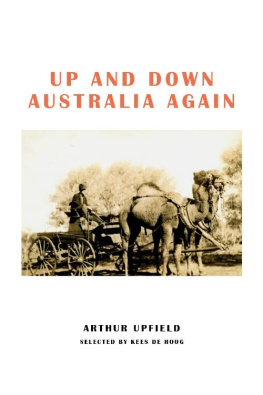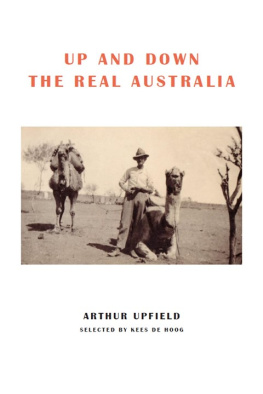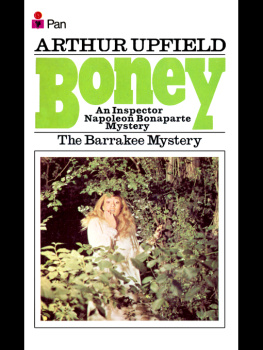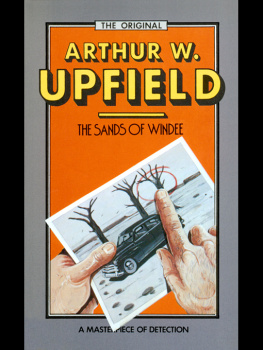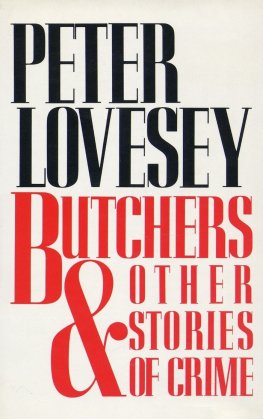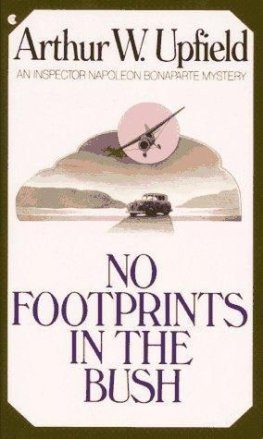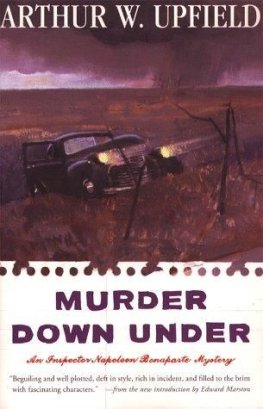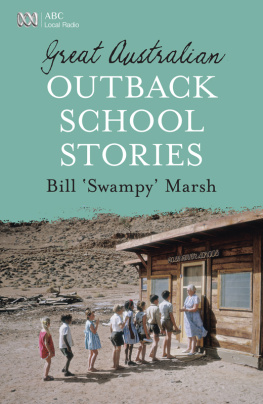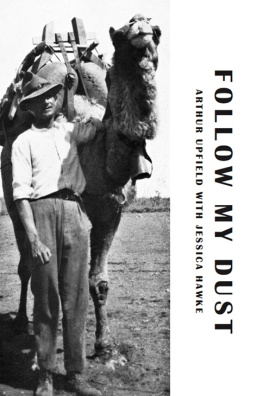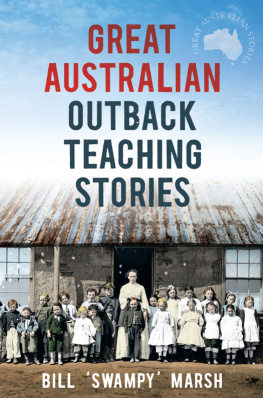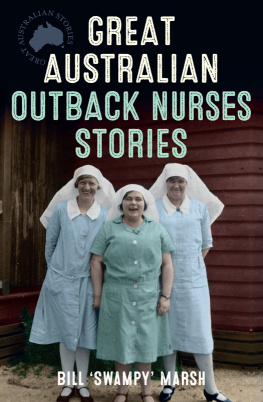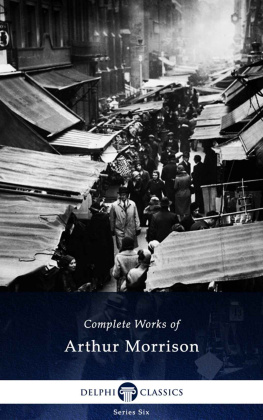Arthur William Upfield is well known as the creator of Detective Inspector Napoleon Bonaparte (Bony) who features in 29 crime detection novels; most are set in the Australian outback. It is not well known that he also wrote about 250 short stories and articles, mainly based on his experiences in the bush between 1911 and 1931.
Up and Down Australia Again is the third published anthology of Upfield's short works. Kees de Hoog has selected another 34 short stories, and has added a radio play and the first five chapters for an unfinished Bony novel. Five stories and the play are published for the first time in this book.
Some stories and the play are based on Upfield's personal experiences in the Great War. There are also adventure stories and comedies set in the outback, and historical stories based on what really happened when Australian Aborigines and immigrants crossed paths during the years of European settlement and expansion.
Kees lives in Australia, and has been reading and researching Upfield's life and works in his spare time since 2001. Up and Down Australia, the first selection of his short stories, and Up and Down the Real Australia are also published by ETT Imprint.
This edition published by ETT Imprint, Exile Bay 2017
ETT IMPRINT PO Box R1906
Royal Exchange NSW 1225 Australia
This book is copyright. Apart from any fair dealing for the purposes of private study, research , criticism or review, as permitted under the Copyright Act, no part may be reproduced by any process without written permission. Inquiries should be addressed to the publishers
First published by Lulu Enterprises 2009
Copyright all stories, William Upfield 2017
Copyright Introduction and Notes, Kees de Hoog 2009, 2017
ISBN 978-1-925416-78-7 (ebook)
ISBN 978-1-925416-79-4 (paper)
The Miracle, The Head of the Revolution, The Murderers' Home, Love and the Leopard, Miss Oo-La-La and Breakaway House published with permission of Special Collections, Baillieu Library, University of Melbourne, Australia
Charlie the Cook published courtesy of Rob Blackmore, Australia Cover photograph of Upfield in W.A. courtesy of Alan Whyte Cover design by Hanna Gotlieb
Contents

Introduction
Arthur William Upfield is well known to aficionados of crime detection novels as the creator of the Australian Detective Inspector Napoleon Bonaparte (Bony) who appears in twenty-nine novels written over forty-two years from 1924 to 1966; most are set in the outback. It is not so well known that Upfield also wrote seven other published books, as well as many short stories and articles that appeared in magazines and newspapers in Australia and other countries.
He was born in 1890 into a family of drapers at Gosport on Portsmouth Bay in England. An avid reader of boys' adventure magazines, at school he did well only in subjects that interested him - history and geography. Apprenticed to a firm of estate agents, auctioneers and surveyors just before his sixteenth birthday, he was more interested in writing novels and other, more daring, escapades. He once claimed his father sent him to Australia in despair, saying "it is so far away that you will never save enough money to return,"
Soon after arriving in Adelaide in 1911, Upfield went to the outback where he worked in a variety of jobs including fence building, boundary riding, droving and opal digging. He quickly developed a lasting passion for the Australian bush that laid the foundations for the rest of his life, and eventually "carried his swag" to all the mainland states and the Northern Territory.
On the outbreak of World War I in 1914 he joined the Australian Imperial Forces, and later served in Egypt, Gallipoli, England and France. Returning to Australia in 1921 with a wife and son, and probably still suffering from shell shock, he "went bush" again soon afterwards as he could not tolerate working in a factory and missed the outback lifestyle.
Upfield had continued to write desultorily, and in 1924 was persuaded to "have a go" at writing professionally, drawing on his experiences in the bush.
While working on the No 1 Rabbit-Proof Fence in Western Australia in 1929, Upfield developed a way to dispose of a body - the perfect murder - for his next Bony novel, The Sands of Windee, with the help of friends and acquaintances. Fact and fiction collided when a friend, Snowy Rowles, used that method when he murdered one person in 1930, and probably two more in 1929. As a consequence, Upfield was almost charged with criminal offences, and was summoned to give evidence at Rowles' trial in Perth in 1932. Rowles was found guilty and hanged.
After four novels and a number of short stories and articles had been published, he left the bush in 1931 to live in Perth with his family and write full time. Two years later he moved to Melbourne to join The Herald newspaper, but resumed freelance writing after about six months.
His output of short stories and articles was most prolific between 1931 and 1940 as he sought to supplement the income from his novels. Of about 250 short stories and articles I have found, about 180 were first published during those years.
Upfield joined Australia's military intelligence as a censor during World War II. With much less time for writing, he sent some Bony novels to a United States publisher in 1943. The books proved very popular and most of the earlier Bony novels were published there within a few years, as were those he wrote later. The extra sales allowed Upfield to live comfortably from writing mainly Bony novels until his death in 1964.
For this anthology I selected thirty-four short stories written by Upfield - none are in my first anthology of his short stories, Up and Down Australia. I added a radio play, "Love and the Leopard," and the first five chapters for a Bony novel that was never finished. Five of the stories and the play have not been published before so far as I can ascertain.
The known sources for all the stories are listed at the end of this book. I also listed the sources for the stories in Up and Down Australia following several requests for those details from other Upfield enthusiasts.
One theme in this collection is war - the carnage and futility, as well as the lighter aspects. Another is the uneasy interactions, often friction, between Australian Aborigines and immigrants during the years of European settlement and expansion. And Upfield again demonstrates his versatility by writing in yet another genre - historical fiction.
This anthology is a companion volume to Up and Down Australia and Up and Down the Real Australia, my anthology of autobiographical articles by Upfield. I adopted the same approach with this selection. The stories are presented in four groups. The first group is based on Upfield's experiences in World War I. "Little Stories of Gallipoli" is a collection of very short stories describing events at Gallipoli. The last little story, "All Must Pay," is the earliest published work by Upfield I have found to date. All the other little stories were originally in one or both of two similar, but not identical, series of little stories published in 1916 in different newspapers, one published in Australia and the other in England. If a story was duplicated I selected the later version as being more polished. In an introduction to the later and longer series Upfield wrote:
The collection of storyettes ... are in the main true and occurred during my visit at the now famous Anzac Cove on Gallipoli Peninsular ... Many of the happenings related were personally witnessed and the remainder were told me by men whom I have no reason to disbelieve; while the scraps of conversation I have endeavoured to put on paper are in nowise imaginary. The language may be blunt; it is at least honest.
Next page
